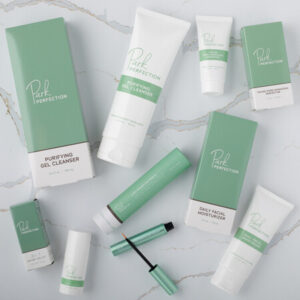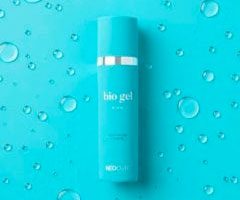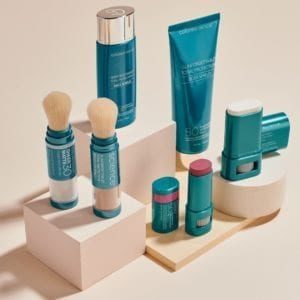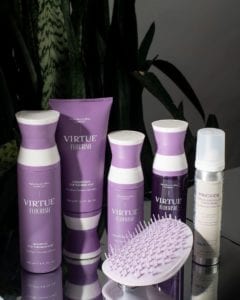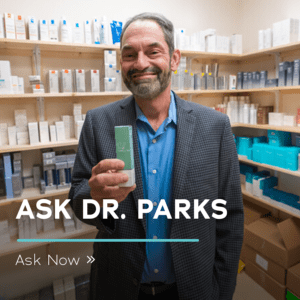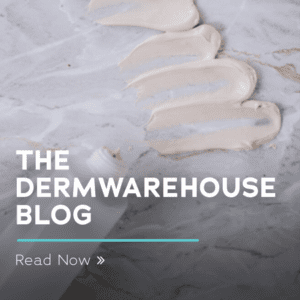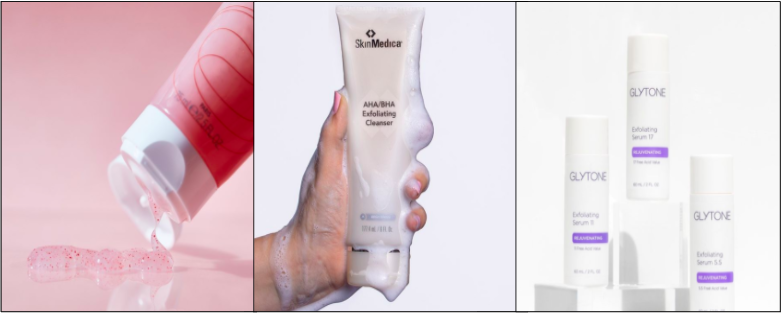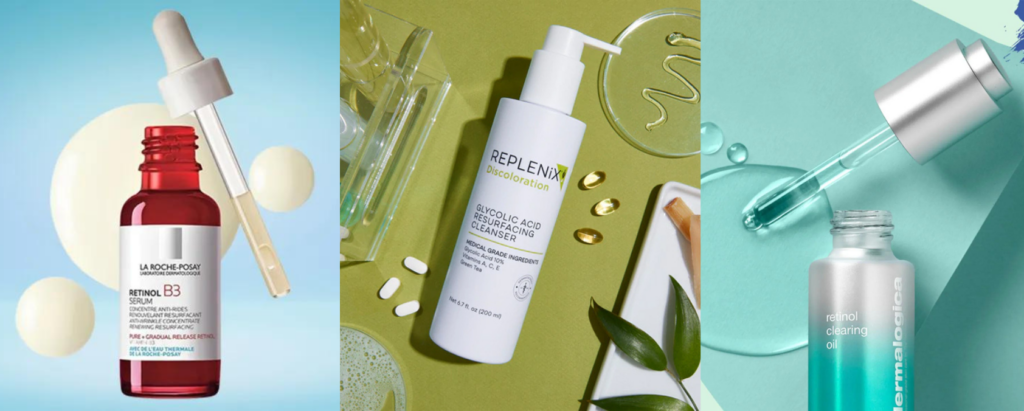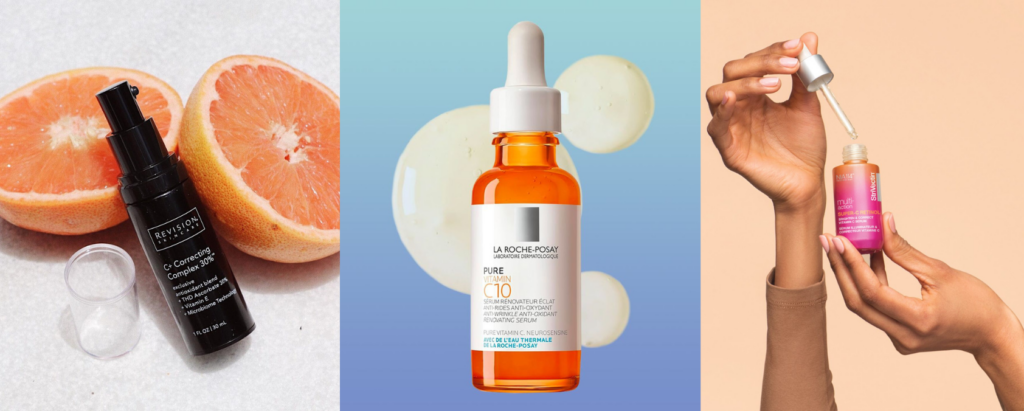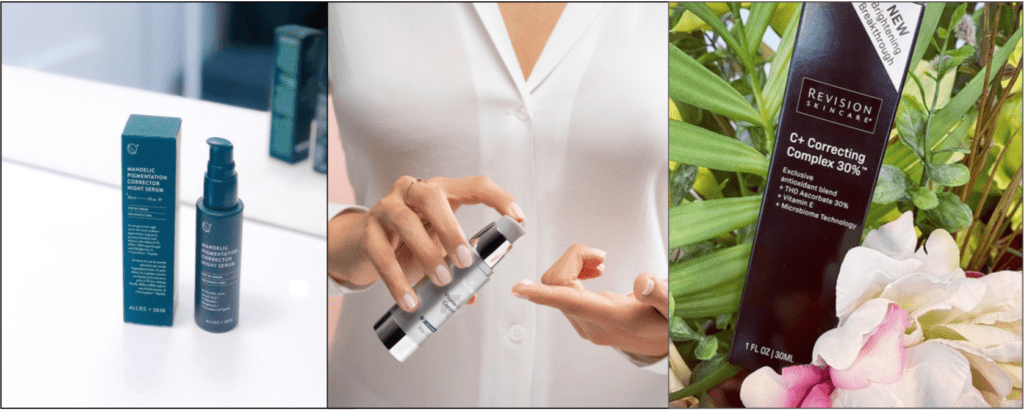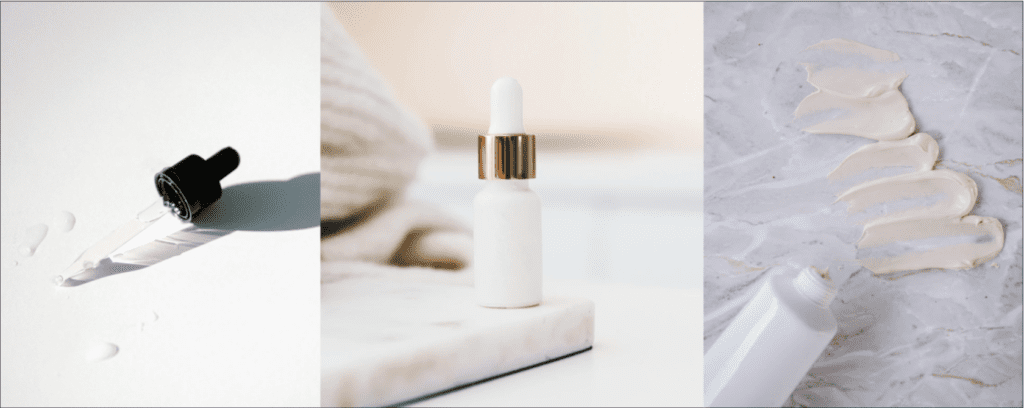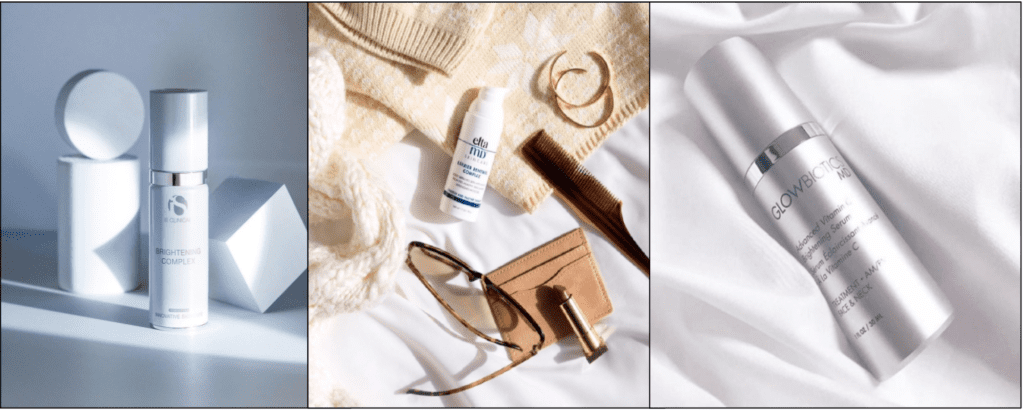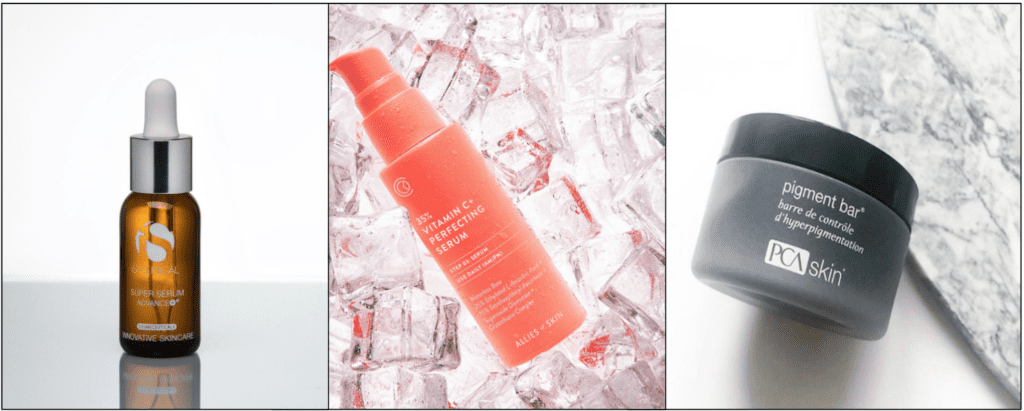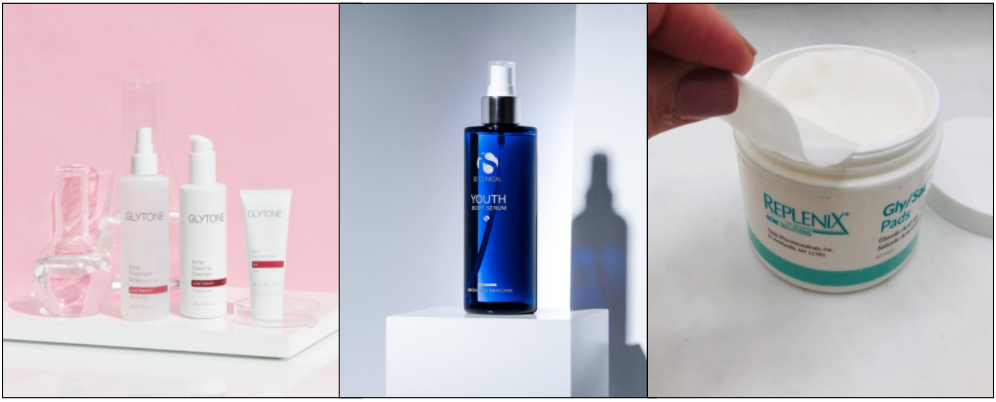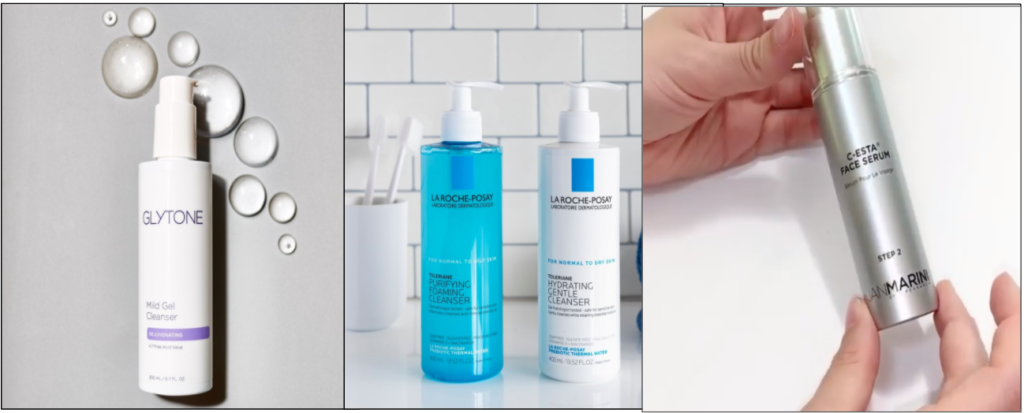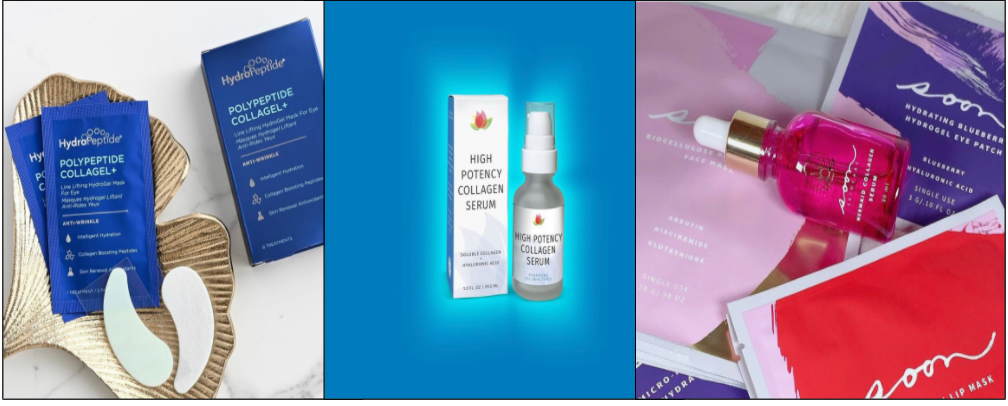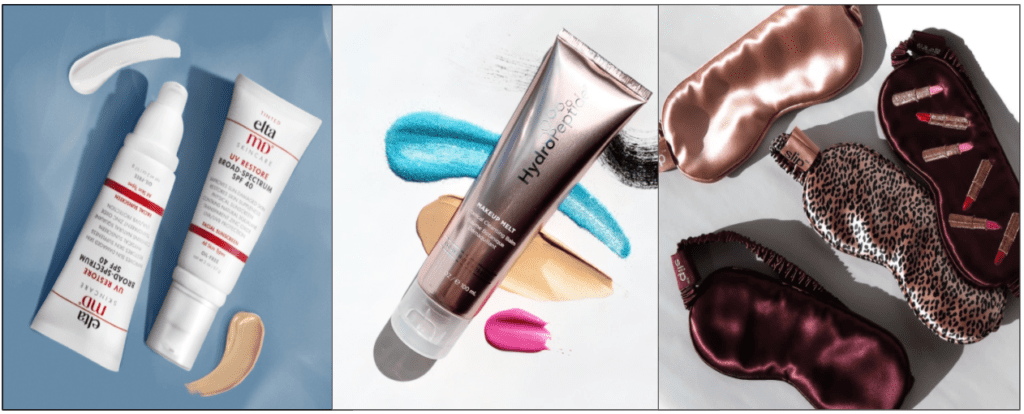In the skincare world, it can feel like there’s a new product or treatment or tool on the market every day promising you results. With so many products out there, it can be difficult to keep up with what products you need in your skincare routine versus extra things that may give you a little extra TLC, but aren’t totally necessary. When it comes to treatments, people are often confused on the concept of exfoliation: what it is, why it’s important and what the difference is between chemical and physical exfoliation. Let’s look into what each type of exfoliation does.
Physical Exfoliation: A physical exfoliant is either a product or an actual tool that requires physical abrasion to loosen dead skin cells from the top layer of your skin. They might be scrubs, loofahs, facial cleansing tools or anything in between. When using a physical exfoliant, be sure to check the ingredients to see if it may be too rough on your skin, and be gentle when using. You want to get the dead skin off, but you want to avoid causing further damage to your skin. Avene’s Gentle Exfoliating Gel is a gentle scrub with a gel-like texture that will deeply cleanse and refine your skin. With cellulose beads and jojoba wax beads, it’s gentle enough for sensitive skin. The SkinMedica AHA/BHA Exfoliating Cleanser combines physical and chemical exfoliation by using jojoba beads in conjunction with lactic, glycolic, salicylic, citric and malic acids to improve the skin’s overall appearance, tone and texture significantly.
Chemical Exfoliation: While it might sound a bit intimidating, chemical exfoliation simply means using products with ingredients that react with the skin to increase the rate of cell overturn and get rid of dead skin cells from the inside out, rather than physically scrubbing them away. You’ll usually see chemical exfoliants labeled as either an alpha-hydroxy acid or a beta-hydroxy acid. AHAs are naturally derived and are great for exfoliating dry skin, due to the fact they “dissolve” the bond between dead skin cells. AHAs come in the form of ingredients like glycolic acid or lactic acid. BHAs are similar to AHAs, but they have added benefits. They’re soluble in oil, meaning that they can reach deeper into your pores. They’re also known to be anti-inflammatory and anti-microbial, which can be helpful for those with acne-prone or oily skin. You’ll see ingredients like salicylic acid labeled as a BHA. Chemical exfoliants can take some getting used to, and it may require starting with a lower concentration of the ingredient and working your way up, especially if you have overly sensitive skin. The Vivier AHA/BHA Exfoliating Cream is formulated with a combination of salicylic acid, sugar cane, bilberry, orange and lemon extracts and Vitamins C and E and peptides for a 3-in-1 total skin transformation. For a more highly concentrated exfoliator, the Glytone Exfoliating Serum 17 is formulated with 17% glycolic acid to reduce the appearance of fine lines and wrinkles, enhance skin tone prepares the skin for better penetration of other ingredients.
The thing to remember is that exfoliation is extremely beneficial for your skin, as it helps to get rid of dead skin and other impurities on the skin, leading to less blemishes, less signs of aging and an overall more improved skin texture. It should be a part of your weekly skincare routine if it isn’t already. Exfoliation also allows your other products, like serums and treatments, to sink into your pores better. It’s a win-win. However, which type of exfoliation is best for your skin? In reality, it really depends on your personal preference and skin type. Both physical and chemical exfoliants are safe and effective for the skin. If you’re new to exfoliation or suffer from overly sensitive skin, it may be worth starting out with a physical exfoliant once to twice a week to slough off the dead skin cells. In addition, if you have oily skin, using a physical exfoliant can help to reduce excess oil and keep your pores from getting clogged. Be sure you’re hydrating your skin after! If you’re looking for a more even exfoliation on your skin, a chemical exfoliation may be the way to go, especially for anti-aging.
No matter what exfoliation method you decide, remember to introduce it gradually and slowly into your routine. You may discover one method doesn’t work for you and switch to the other. Either way, remember to be gentle on your skin and hydrate after exfoliating to prevent excess dryness.

